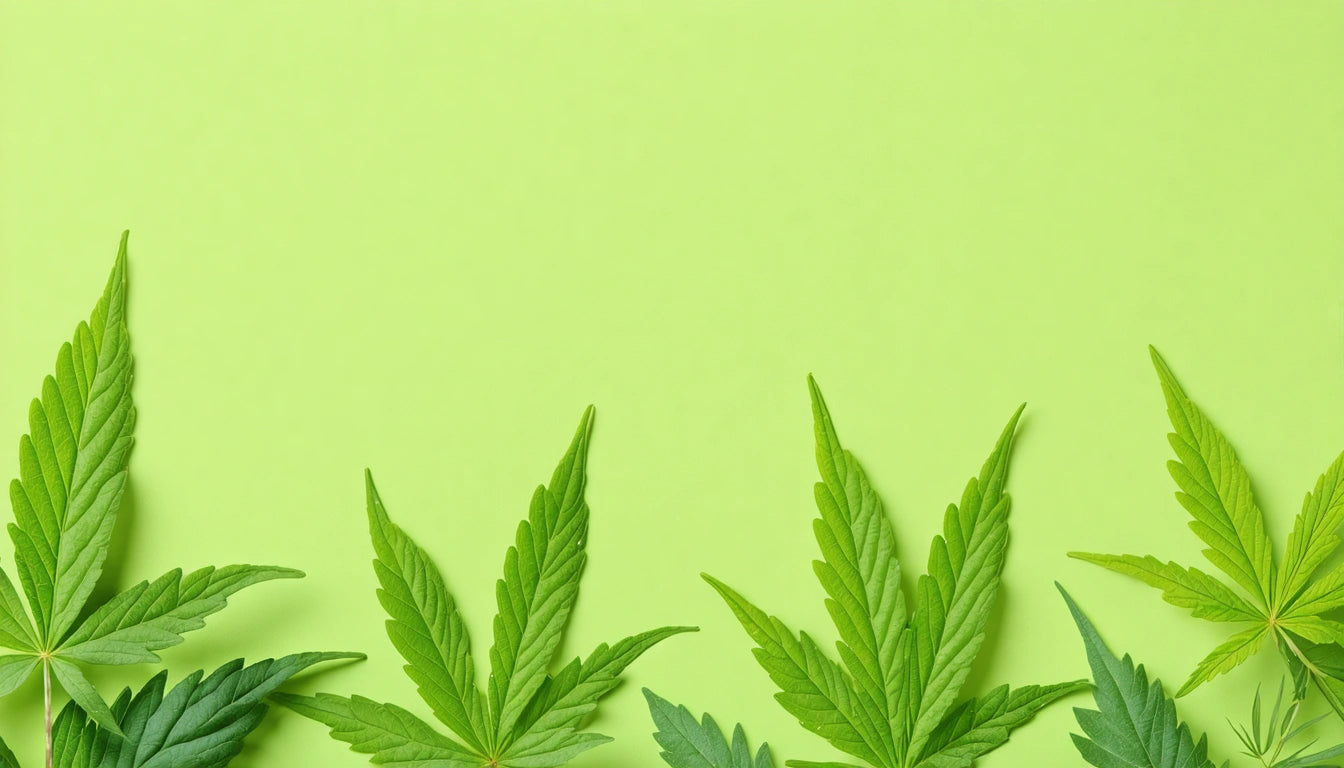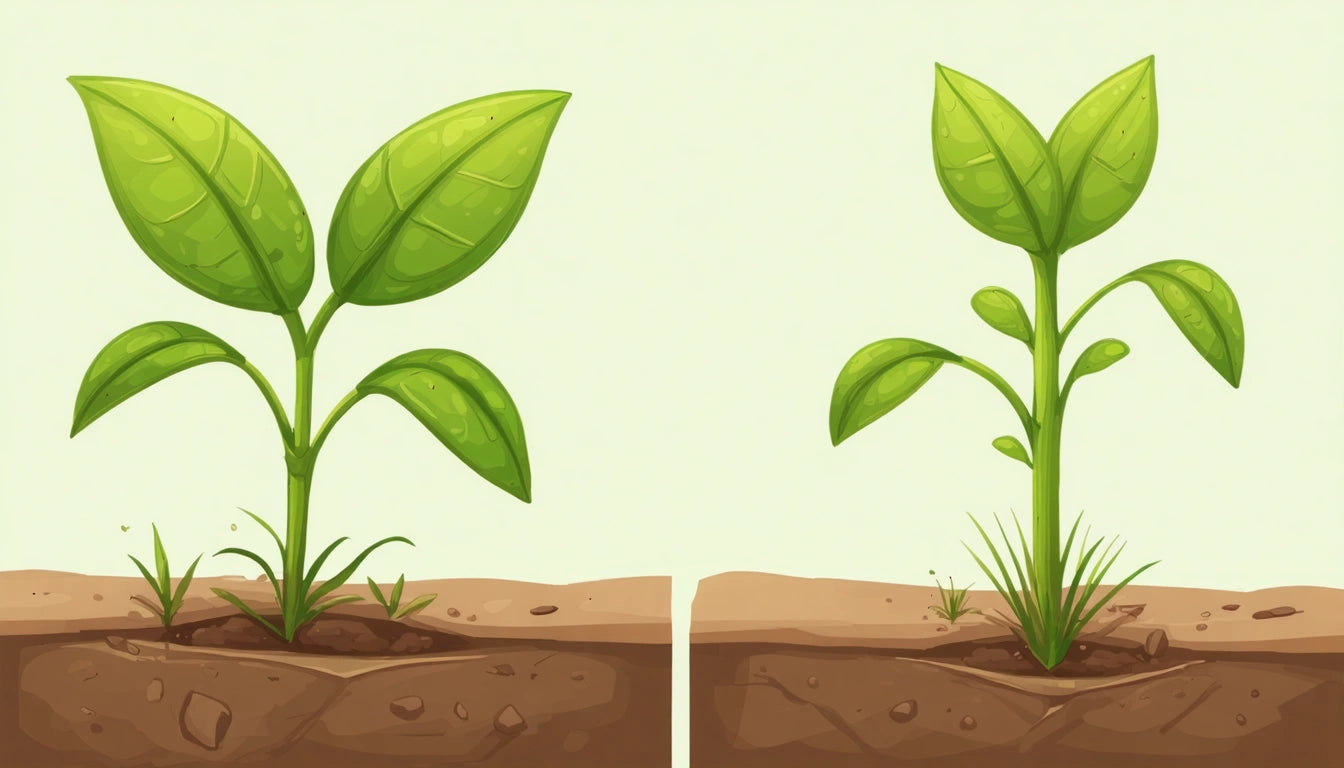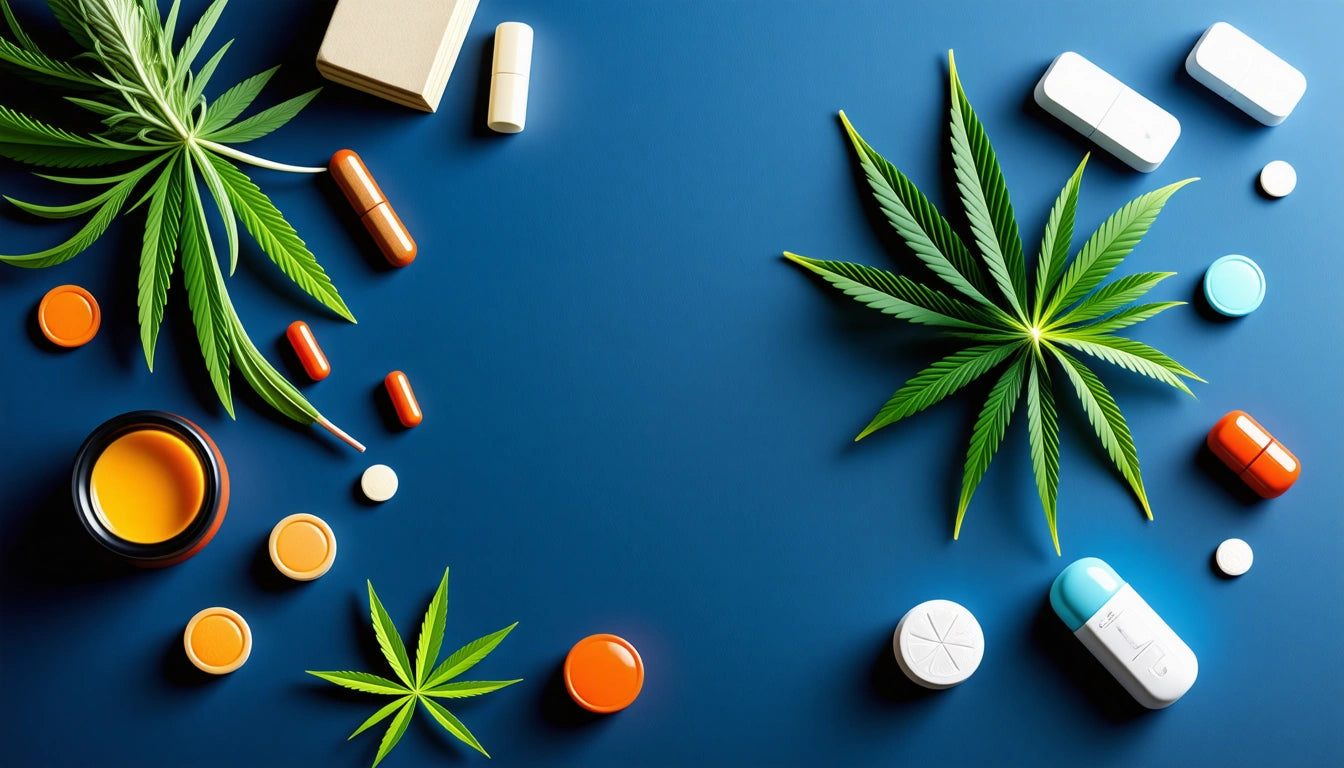Table of Contents
Understanding Sugar Leaves: Uses, Effects, and Differences from Fan Leaves in Cannabis Plants
Cannabis cultivation involves understanding various plant components, each with unique characteristics and potential uses. Among these components, sugar leaves represent a frequently misunderstood yet valuable part of the cannabis plant. Whether you're a cultivator looking to maximize your harvest or a consumer curious about different plant parts, understanding sugar leaves can enhance your cannabis knowledge and potentially expand your options for consumption and processing.
What Are Sugar Leaves on a Weed Plant?
Sugar leaves are the small leaves that grow directly out of the cannabis buds or flowers during the flowering stage. Unlike larger fan leaves, these smaller leaves are typically covered in trichomes, the resinous glands that contain cannabinoids and terpenes. The name "sugar leaves" comes from their appearance, as the trichome coverage resembles a dusting of sugar or frost.
These leaves are structurally different from other foliage on the plant. They're smaller, often partially embedded in the bud structure, and serve as protective elements for the developing flowers. During the late flowering stage, sugar leaves become increasingly coated with resin as the plant focuses its energy on trichome production.
Sugar Leaves vs Fan Leaves: Key Differences
Understanding the distinction between sugar leaves and fan leaves is essential for cannabis cultivators and processors. Fan leaves are the large, iconic leaves that extend from the main stem and branches of the cannabis plant. They serve primarily as solar panels, capturing light for photosynthesis.
Key Differences Include:
- Location: Fan leaves grow from the main stems and branches, while sugar leaves grow directly from and around the buds
- Size: Fan leaves are much larger than the smaller, more delicate sugar leaves
- Trichome Content: Sugar leaves have significant trichome coverage, while fan leaves have minimal trichomes
- Cannabinoid Content: Sugar leaves contain moderate levels of cannabinoids, whereas fan leaves contain very little
- Harvest Timing: Fan leaves are often removed throughout growth, while sugar leaves are typically addressed during final trimming
As discussed in this guide to weed leaf characteristics, the appearance and health of both leaf types can provide valuable information about overall plant health and development.
Can You Smoke Sugar Leaves? Potency and Effects
A common question among cannabis enthusiasts is whether sugar leaves can be smoked and if they produce psychoactive effects. The short answer is yes, you can smoke sugar leaves, and they do contain THC and other cannabinoids that can produce effects, though generally milder than flower.
When considering if sugar leaves get you high, it's important to understand that their potency varies based on several factors:
- The strain's overall potency and trichome production
- How close the leaves were to the buds
- The growing conditions and harvest timing
- How the leaves were processed and stored
Compared to smoking the flowers themselves, sugar leaves typically provide a milder experience with potentially harsher smoke due to higher chlorophyll content. Many users report that while sugar leaves can produce effects, the experience differs from smoking premium flower, often with more subtle effects and potentially more pronounced body sensations.
For those interested in exploring different parts of the cannabis plant for smoking, this comprehensive guide provides valuable information about various plant components and their potential uses.
What to Do with Sugar Leaves: Creative Uses
Rather than discarding sugar leaves during trimming, consider these valuable applications:
1. Extraction and Concentrate Production
Sugar leaves make excellent material for creating concentrates and extracts. Their trichome coverage makes them suitable for:
- Making bubble hash or dry sift
- Creating tinctures or infused oils
- Producing various concentrates like sugar, budder, or wax
- Infusing into butters or oils for edibles
For commercial operations, efficient processing of sugar leaves requires proper equipment. Specialized filling equipment can significantly streamline the process of packaging extracts and concentrates derived from sugar leaves, ensuring consistency and reducing labor costs.
2. Edible Production
Sugar leaves can be decarboxylated and used in cooking and baking. Their cannabinoid content makes them suitable for creating:
- Cannabis-infused butter or oils
- Teas and beverages
- Baked goods and confections
3. Pre-Roll Enhancement
Finely ground sugar leaves can be mixed with flower in pre-rolls to:
- Extend your cannabis supply
- Create a unique smoking experience
- Add volume to joints without significantly diluting potency
For more creative ways to use cannabis plant material, check out this resource on utilizing leftover cannabis leaves and stems.
Harvesting and Processing Sugar Leaves
Proper handling of sugar leaves begins at harvest and continues through the trimming process:
Harvesting Considerations:
- Sugar leaves should be harvested along with the buds they're attached to
- Avoid removing them prematurely, as they protect developing flowers
- Monitor trichome development to determine optimal harvest timing
Trimming Options:
- Wet Trimming: Removing sugar leaves while the plant is still fresh
- Dry Trimming: Removing sugar leaves after the buds have dried
- Machine Trimming: Using automated equipment for larger operations
- Hand Trimming: More precise but labor-intensive approach
The decision about how thoroughly to trim sugar leaves depends on personal preference and intended use. Some cultivators prefer a closer trim for premium flower, while others leave more sugar leaves intact for certain applications or to protect trichomes.
Maximizing the Value of Cannabis Plant Components
Understanding the unique properties of sugar leaves allows cultivators and processors to maximize the value of their cannabis plants. Rather than viewing sugar leaves as mere trim or waste, recognizing their potential applications can enhance sustainability and profitability in cannabis operations.
For commercial growers, implementing systematic collection and processing of sugar leaves can create additional revenue streams through concentrate production or pre-roll manufacturing. For home growers, utilizing sugar leaves means getting more value from each plant and potentially reducing overall cannabis expenses.
As cannabis cultivation continues to evolve, the industry is increasingly finding ways to utilize every part of the plant. Sugar leaves represent an important component in this holistic approach, offering moderate potency and versatility that bridges the gap between premium flower and less potent plant material.
Whether you choose to smoke sugar leaves, process them into concentrates, or use them in edibles, understanding their unique properties allows you to make informed decisions about how to best utilize this valuable part of the cannabis plant.











Leave a comment
All comments are moderated before being published.
This site is protected by hCaptcha and the hCaptcha Privacy Policy and Terms of Service apply.